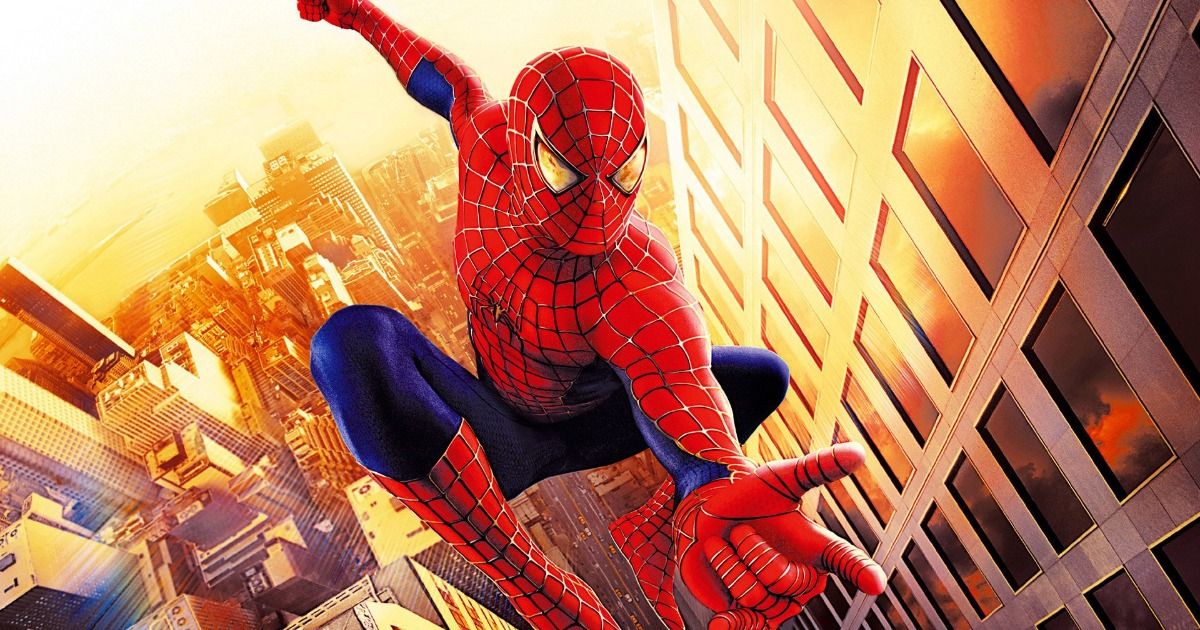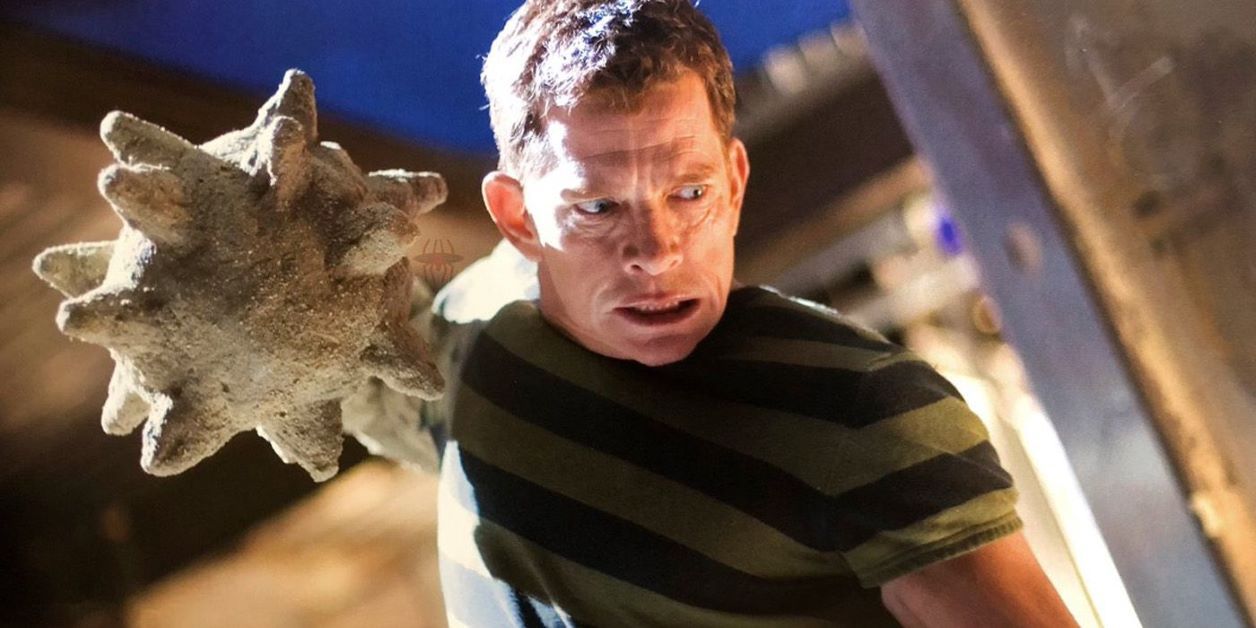What made Sam Raimi's Spider-Man movies so good was the sheer amount of fun the audience could tell that Sam Raimi was having. The world in the films is goofy and melodramatic, but it is all the better for it. Although they are certainly "grittier" than the other two Spider-Man movie series, there is still a playfulness to them that continues to endear fans even with the advent of the highly successful MCU and the acclaimed Tom Holland.
With the release of Tom Holland's third Spider-Man movie in 2021, Spider-Man: No Way Home, Tobey Maguire and Andrew Garfield made reappearances as Spider-Man. They then team up with Tom Holland's Peter Parker to defeat the villains from their previous movies. This major crossover event satisfied fans and captured their imagination regarding what was possible. The fact that Tobey Maguire returned and Sam Raimi is directing Doctor Strange in the Multiverse of Madness means that Spider-Man 4 is not entirely out of the question.
However, cinema as a whole has changed a great deal since the last Sam Raimi Spider-Man movie. What was successful in a film then may not be successful now, so some things are bound to change for a fourth movie. Here's what Sam Raimi should keep from his previous Spider-Man trilogy.
The Optimism of the Citizens of New York
Peter Parker's home, New York City, is seemingly under constant siege by mad supervillains. Regardless, its citizens, mostly through side character performances, manage to demonstrate a level of kindness and courageousness that rivals even Peter Parker. Granted, there are obvious exceptions, such as the man who wouldn't give Peter the money for his wrestling match and the rampant ordinary criminals. But looking past these instances, it's clear that the people Peter risks his life to protect are good-natured.
An example of this happens during the climax of Spider-Man, wherein Peter is saving a tourist group mostly composed of children from Norman Osborn (the Green Goblin). Nearby citizens start throwing objects at the Goblin to distract him, despite the immediate threat the Green Goblin can pose to their lives. This demonstrates enormous courage on their behalf, especially when they would be helpless in a confrontation with the supervillain.
Another example of this phenomenon comes in Spider-Man 2, where Peter is unmasked in front of the citizens on board the train that he saves. He's carried inside by the crowd and thanked. They give him back his mask with the promise that they will tell no one his identity. None of them (as far as the audience knows) told anyone since no one knows Spider-Man is Peter Parker in the next film. They had everything to gain, namely money and attention, by telling the world what Spider-Man looked like, but they chose not to out of kindness and respect.
Peter's Forgiveness of Sandman
Spider-Man 3 takes an opportunity to dig up the old plot thread of Uncle Ben. As the movie reveals, the person that Peter hunted down and killed was not the man who killed his uncle. Instead, that man's partner, Flint Marco, was the culprit. Marco is a complicated individual. We know that his life of crime was mostly fueled by his love for his daughter, trying to get enough money to pay her medical expenses. Eventually, Flint would get caught in an experiment, transforming him into the Sandman.
During their battle in the sewers, Peter gives in to his inner darkness and attempts to brutally murder Sandman, proclaiming "Good riddance" after he thinks the deed is done. Venom would later recruit Sandman, so the two can exact their revenge on Peter. After Venom's defeat, Sandman appears to Peter and tells him that his shooting of Ben Parker was an accident. He tells Peter that he doesn't expect forgiveness, but Peter states that he forgives him.
This should carry over into Spider-Man 4; Peter's forgiveness of Sandman doesn't necessarily mean audiences should expect his return. But rather that the emotionally mature Peter, who would be willing to forgive his uncle's killer, should remain that way.
Peter's Conflicts with J. Jonah Jameson
In the traditional sense, J. Jonah Jameson (J. K. Simmons) is neither a villain nor a hero as Peter's abrasive boss at the Daily Bugle. Throughout the trilogy, he and Peter butting heads make for some of the films' more memorable moments and interactions, especially when it comes to Jonah's strange way of speaking. Although Jonah is always eager to find a way to slander Spider-Man, being utterly convinced that he's a menace to society, it is made very clear that he is not a bad person. In the first film, he refuses to give Peter's name to the Green Goblin even while his life is being threatened, despite having just met Peter.
Peter's "conflicts" with Jonah don't really come in the form of Peter vs J.J., but rather Spider-Man vs. J.J. The balancing act Peter experiences in trying to conceal his identity from his boss while simultaneously submitting quality pictures of Spider-Man make for memorable and iconic character interactions and should definitely stick around for a fourth film.


.jpg)

